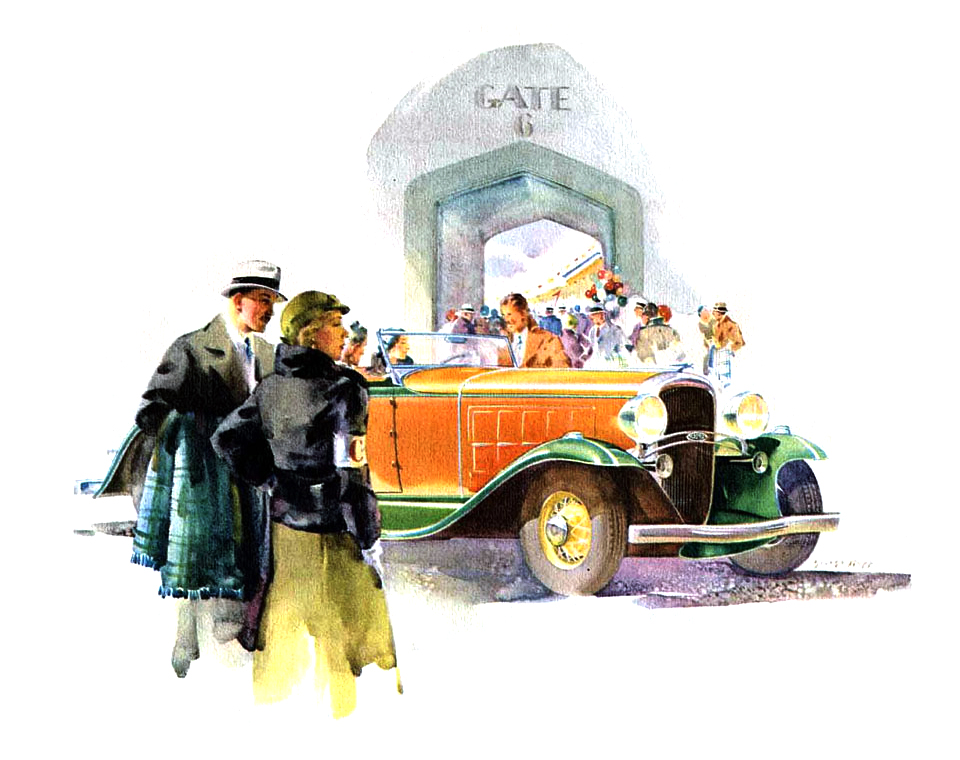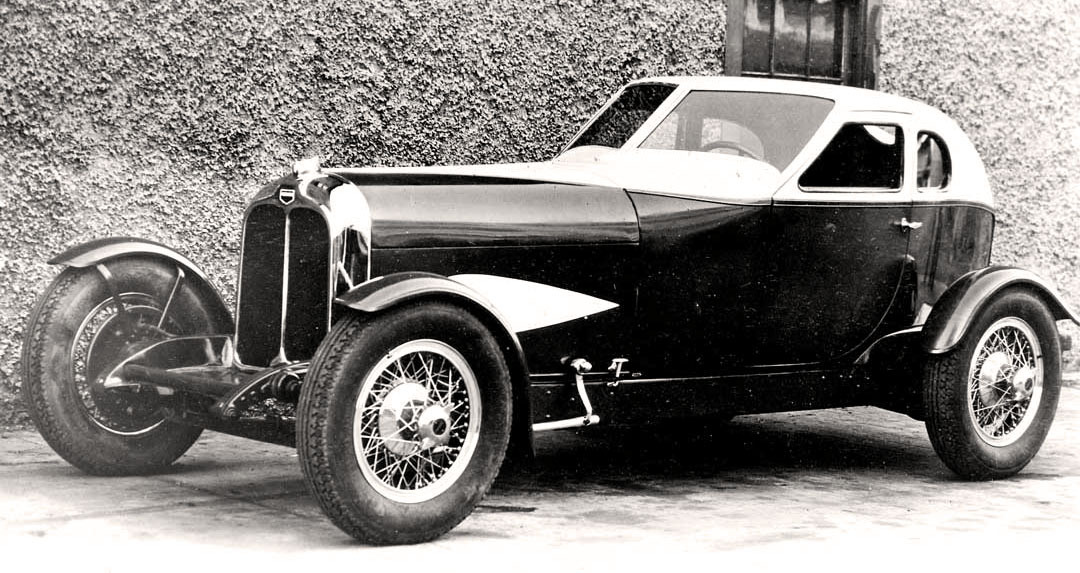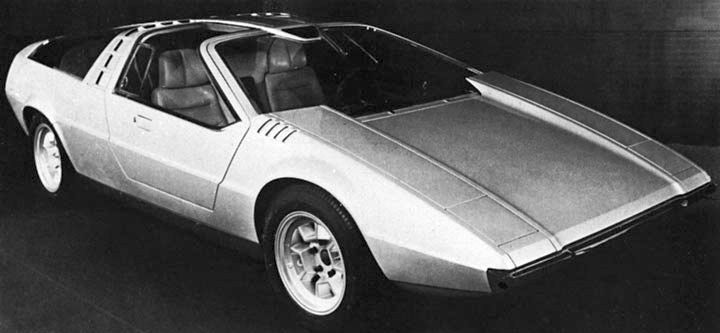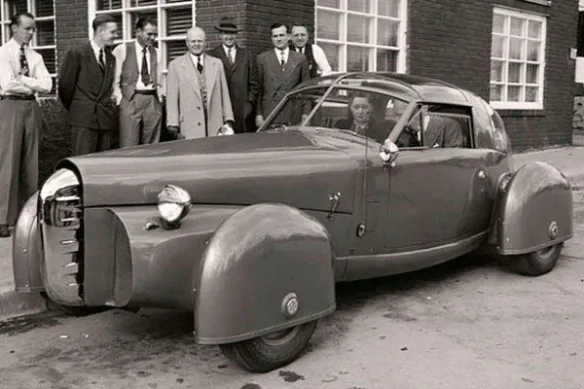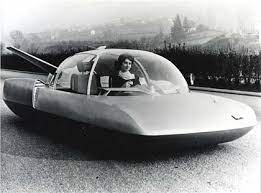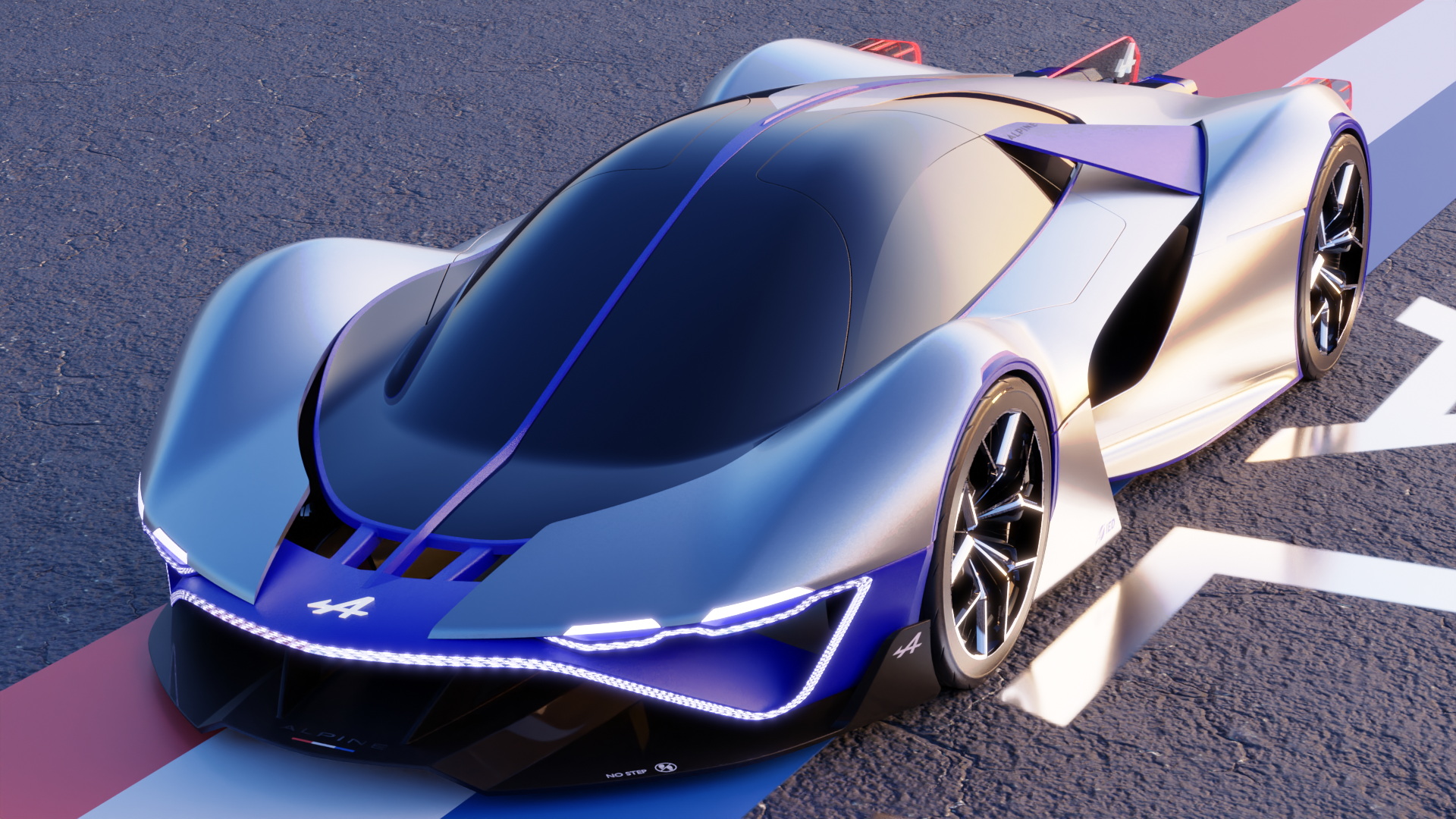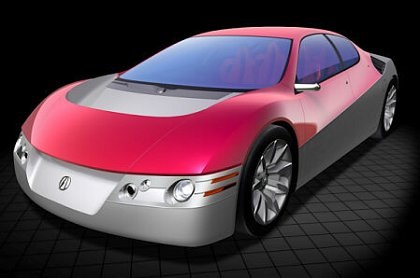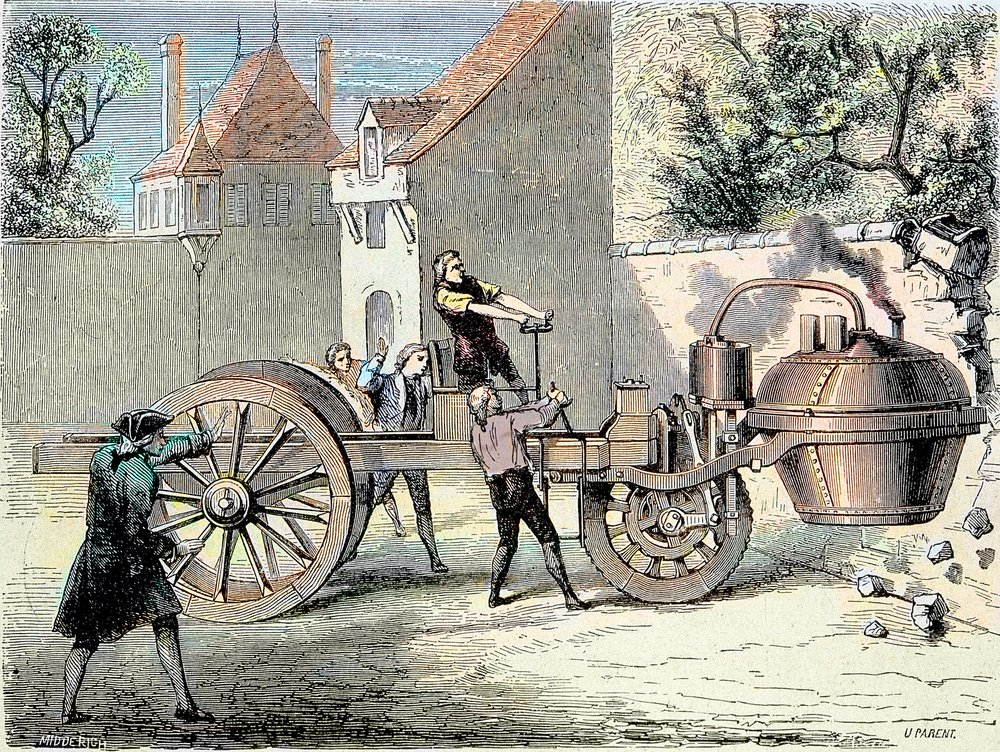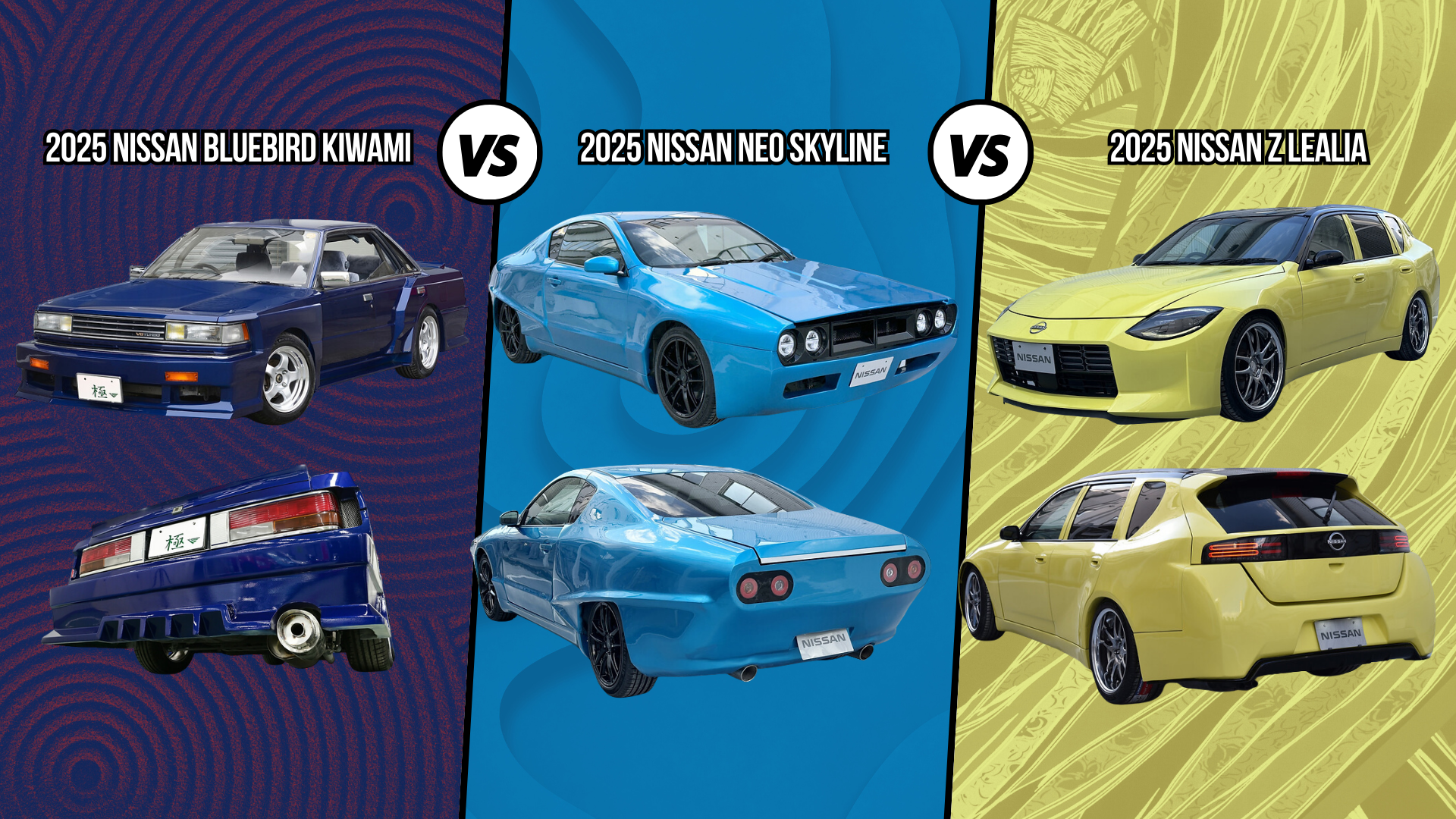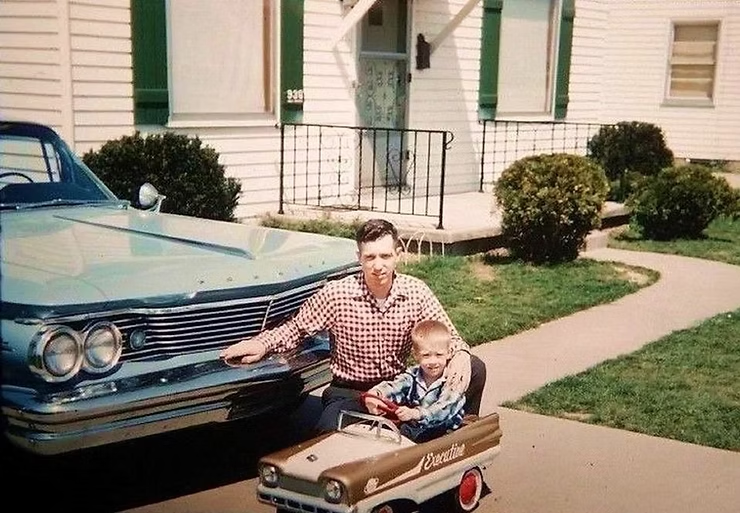The Ford FT80 further developed the Ford GT40 as "grand style" for Le Mans in Colani's C-Form. Luigi Colani was unique in the automotive world. He was an engineer in aerodynamics (Sorbonne, Paris) and an artist and sculptor (Berlin). That was an invaluable combination for a car designer today when aerodynamics was such a critically important word. From the mid-1950s, Luigi Colani designed cars, advanced sports, and racing machines.
Being a specialist in aerodynamics, Colani always put a very streamlined body to his cars. Using his experience with the aircraft industry, Colani had, with the GT80, finally come up with a design very similar to racing's wing cars. By the mid-1980s, he had become one of the most famous designers in Europe and was a design consultant to BMW and Volkswagen.
Before Colin Chapman and other designers did it, Colani conceived prototypes with the whole body designed as a converted wing. The fully enclosed rear-end, as on the Lotus 80 Formula One car and the Chaparral 2K Indy car, was previewed by Colani in 1970. He called it the C-Form (C = Colani), and his principle was patented in Munich by "Deutsches Patentamt" on November 25, 1967. Stern magazine published an article on the C-Form principle the following year.

During the decade that was the 70s, Colani built several full-scale models and mock-ups of C-Form wing cars. The Colani GT80 prototype unveiled at the Frankfurt show in 1980 resulted from these many years of aerodynamic study and development. In 1973 the first 1:1 mock-up model of this advanced project was ready at Colani's studio at his Harkotten water-castle near Munster, Germany.
Two years later, the final layout of the design was done, and a final mock-up model with a rolling chassis was built. In 1978 a two-seater monocoque aluminum chassis was built (to Formula One standards) for Colani by Tiga Racing Cars in England. In 1979 the show car was just ready for Frankfurt, but the Colani GT80 was prepared for the road the following year.
The GT80 was more expensive than a Rolls-Royce, Colani said, because, in every respect, the very best materials were used. Like the famous Ford GT40, the Colani GT80 was a Le Mans type car for the road. The actual Le Mans racing version had already been built at Harkotten Castle. The Colani GT80 prototype shown at Frankfurt was built around the Ford Cosworth V6 engine, which was highly successful in the racing Capris from Cologne. It had also been used in Formula 5000 in England. It was a 24-valved engine of 3400 cm3 with 298 kW at 10,500 rpm.
Ford of Europe produced the Frankfurt Show press material on the GT80, but Colani himself paid for the whole project. The show car had Formula One wheels and tires, but the road brakes and suspension were up to Formula One standard, too, and were designed by Howden Ganley. The suspension parts were originally designed for Howden Ganley's private Formula One project. Double wishbones were at the front, lower wishbones, and upper trailing link at the rear with twin radius rods. The brakes were outboard.
The second GT80 prototype was fitted with the inboard rocker-type suspension to improve airflow further. The gearbox was a five-speed ZF, and the same firm designed a very special steering rack for the car. ZF went on to help design some electronic components for the GT80, for example, an automatic down-force sensing device to adjust the front wing section. Thus it was possible to reduce air resistance while driving at high speed and to produce more down-force when in corners.
Colani claimed that the GT80 had a coefficient of drag less than 0.2, which was remarkably slippery. The car had a complete wing-shaped body with a sharp trailing edge like an aircraft wing, the lack of a rear window was overcome by placing a wide-angled video camera into a roof fairing. A monitor built into the spokeless steering wheel showed the whole rearview by pushing a switch. An airbag was also placed in the steering wheel - a unique feature back in 1980. The noise level of the production car would have been very low thanks to a 20 cm wall of insulation material between the engine and seats - but the car never made the production line.
The good aerodynamic shape of the car reduced wind noise to a very low level. The glass was all flat and black with one big wiper on the windscreen and one on each side window. The very dramatically shaped body is aluminum, handmade for Colani by Marsh Developments in England. "It has been a long way," Colani said. "But seeing the result, I really feel that it has all been worthwhile." In this case - you judge for yourself.
Ford provided the engines for the cars, which were the same as those used in the De Tomaso Pantera. Only three cars were built, the first having a plastic body and the last two having aluminum bodies.
Source: uniquecarsandparts.com.au; www.colani.de
Images: Colani Design





























